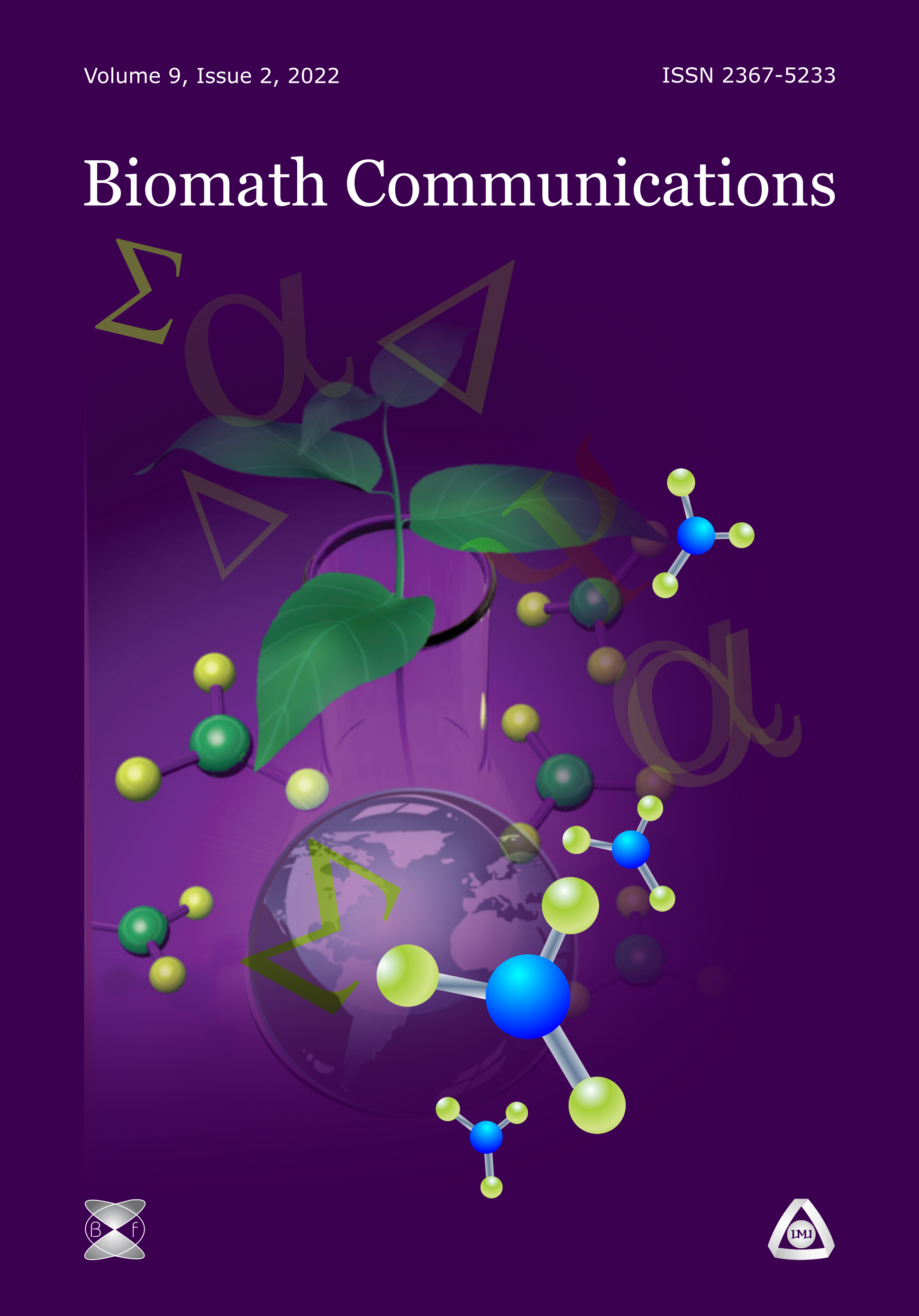Modelling of Torque-angle Relationships with Polynomials and Cubic Splines in Elbow Joint
DOI:
https://doi.org/10.11145/438Abstract
The aims of this study are: (1) to assess modeling of elbow torque-angle re-lationships in trained and untrained men using polynomial functions fromsecond to fth order with optimization criteria; and (2) to compere themodeling with cubic splines.Ten untrained men and fteen arm wrestlers were tesed by isokinetic dy-namometer with isometric protocol. The peak, net torque ofВ exors andextensors of the elbow joint was registrated in Nm and normalized in per-cent in the 10 angular positions at range of 10 to 125 degrees. The datawere modeled: with a polynomial function of the second to fth order bythe method of least squares by ussing Akaike's information criteria (AIC)and Bayesian information criteria (BIC); with a cubic spline.It was found that: (1) the dierierences between trained and untrained donot concerns the results of modeling, but the peak torque values and thebehavior of extensors in the area ofВ extion; (2) the assessment accordingto the criteria AIC and BIC in modeling of torque-angle relationships withpolynomial functions does not give a denite answer in both muscle groupsand both samples; the approximating curve excludes the maximum torque;and (3) in modeling the torque-angle relationship with cubic polynomialsplines the interpolating curves encompass all points, including the maxi-mal torque but the curves are not smooth and some additional requirementsprobably must be pointed out.Acknowledgement.This work is supported by the University project (Or-dinance 9) of South-West University, Code SRP фЂЂЂ A16/15.Downloads
Published
Issue
Section
License
The journal Biomath Communications is an open access journal. All published articles are immeditely available online and the respective DOI link activated. All articles can be access for free and no reader registration of any sort is required. No fees are charged to authors for article submission or processing. Online publications are funded through volunteer work, donations and grants.
Authors who publish with this journal agree to the following terms:
- Authors retain copyright and grant the journal right of first publication with the work simultaneously licensed under a Creative Commons Attribution License 4.0 that allows others to share the work with an acknowledgement of the work's authorship and initial publication in this journal.
- Authors are able to enter into separate, additional contractual arrangements for the non-exclusive distribution of the journal's published version of the work (e.g., post it to an institutional repository or publish it in a book), with an acknowledgement of its initial publication in this journal.
- Authors are permitted and encouraged to post their work online (e.g., in institutional repositories or on their website) prior to and during the submission process, as it can lead to productive exchanges, as well as earlier and greater citation of published work (See The Effect of Open Access).

